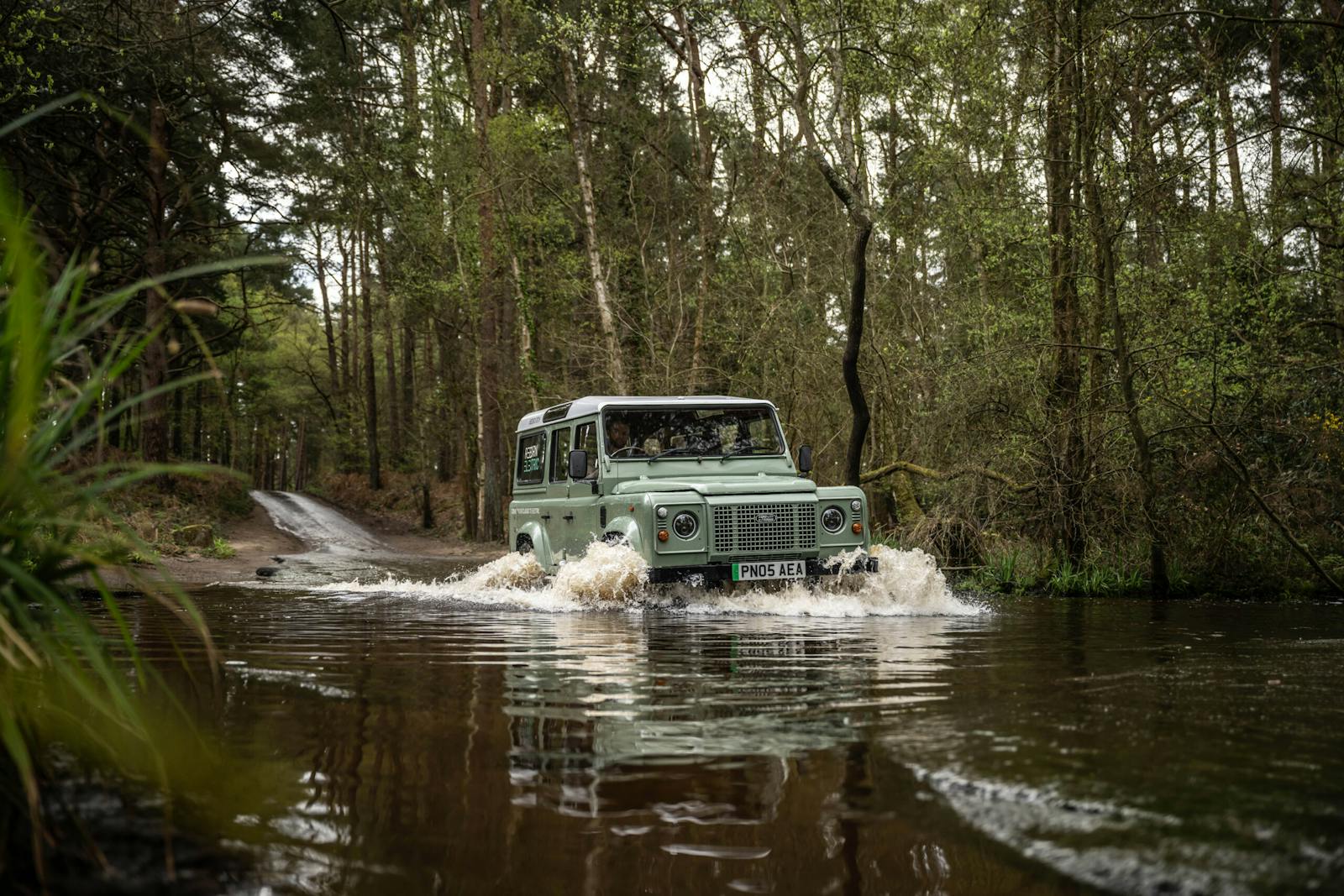27 liters of stubby-exhausted fury makes Babs one insane racer
The lives of old race cars were rough. Technology was advancing so rapidly that even if a car survived a season or two of racing it was cannibalized for the next iteration. The truly unlucky cars were destroyed in accidents, like the 1926 land speed racer named Babs. The unfortunate turns in the racer’s life didn’t stop there though, as documented by Goodwood Road & Racing.
The early days of land speed racing were quite literally the wild west. Those with the financial means could build a car from leftover parts, find a driver with the stones to hold the throttle of the contraption wide open, and run down just about any stretch of beach long enough to hit the speeds needed for records. Measured miles of smooth roads were scarce, so racers chose smooth sands of beaches like Pendine beach in England.
Which is exactly the beach where a car named Babs was unearthed in the late 1960s. Following a 1927 attempt at 180+ mph, the car rolled and owner-driver Sir Perry Thomas was killed. With no reason to transport the hulk of a car back home, it was given a beach burial on the spot. It remained buried for decades until 1969, when Owen Wyn-Owen decided he should unearth the car and restore it.
Interestingly, the construction of the car saved it. The use of steel and aluminum, combined with saltwater sand that encased the car, essentially created a battery, consuming the aluminum in a chemical effort to preserve the steel. This meant that though much of the car was lost, what was left was still in surprisingly good shape—specifically, items like the internals of the gearbox and the Liberty V-12 aero engine.
Each of those 12 cylinders is approximately 2.25 liters, or 137 cubic inches. Multiply by 12, carry the 1, and you’ve got a 27-liter (1647-cu-in) monster pushing this beast down the sand. Driving it sounds like an exercise in insanity since the current driver openly admits it doesn’t have much in the way of brakes. His secret? “You set the handbrake as the corner approaches, downshift, take the handbrake off, and turn in.” Sounds insane from my seat, and I piloted Hagerty’s 1917 Peerless through some hairy situations.
I have respect for the fact that Babs is still out and running, just like the car was meant to be. Seeing the open valvetrain and flames from the stubby exhaust is an extremely visual way of being transported back in time to when wildly constructed machines achieved speeds that would rival all but a handful of production cars today. It just took way more bravery and ingenuity to pull it off.


